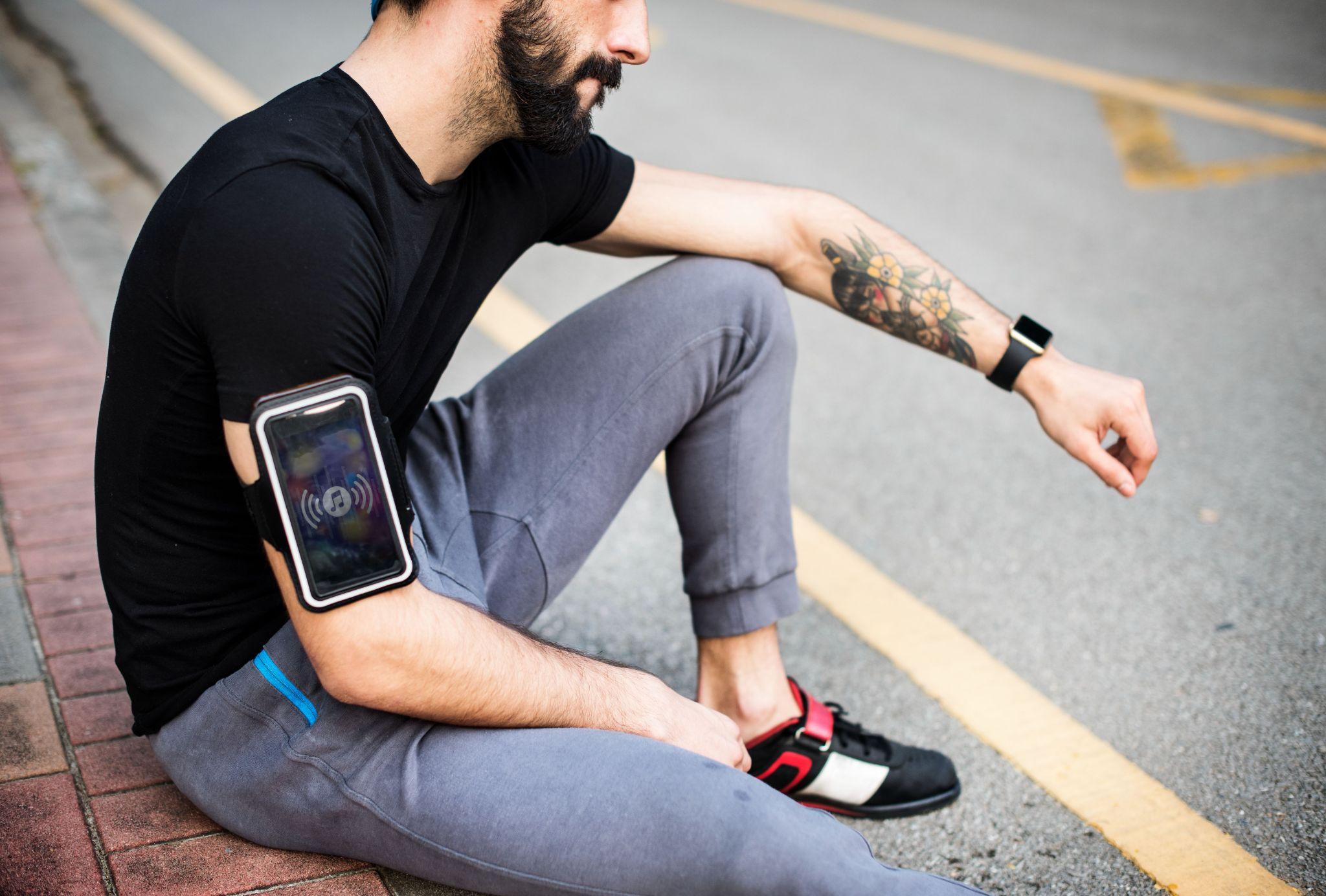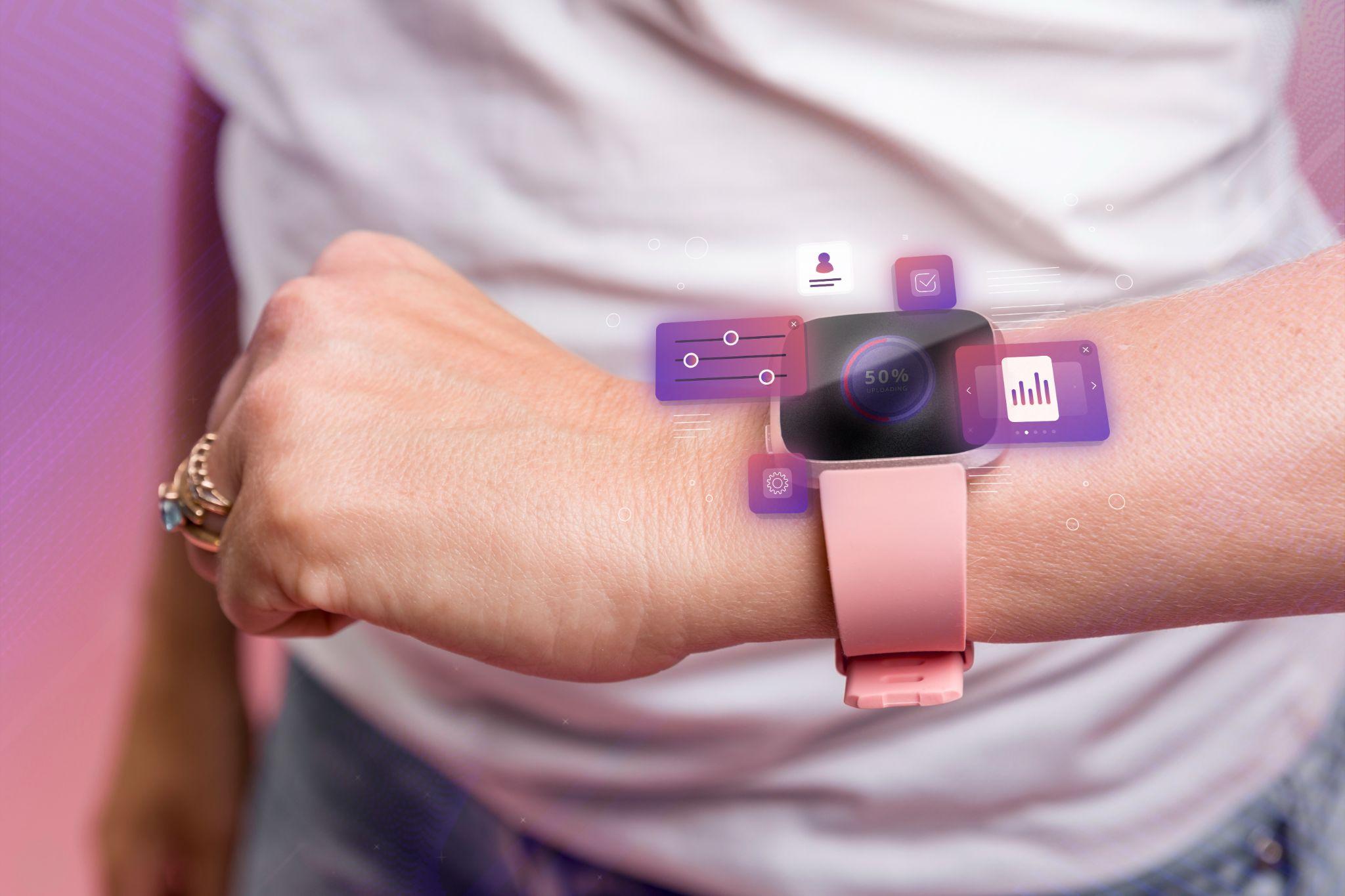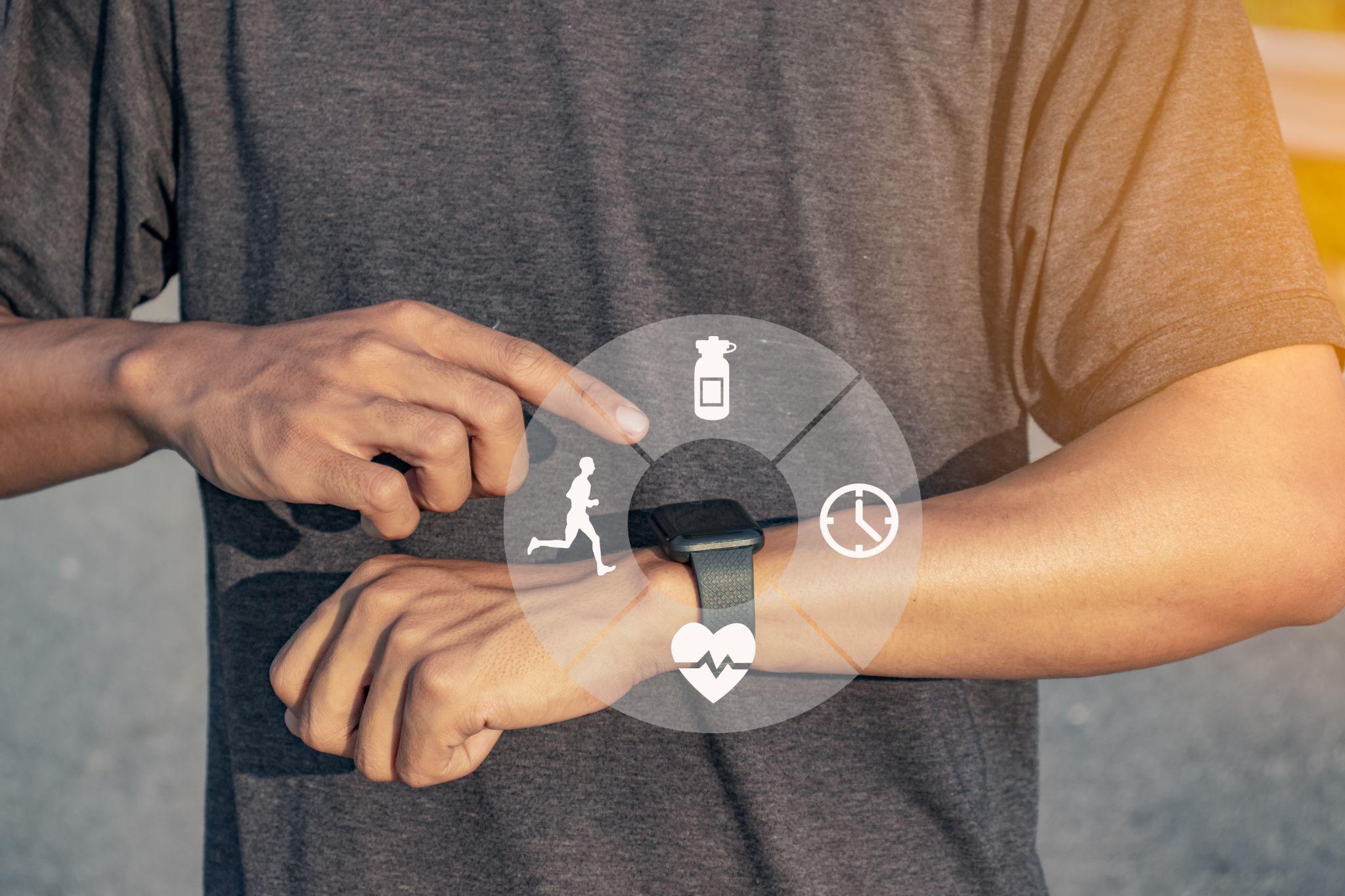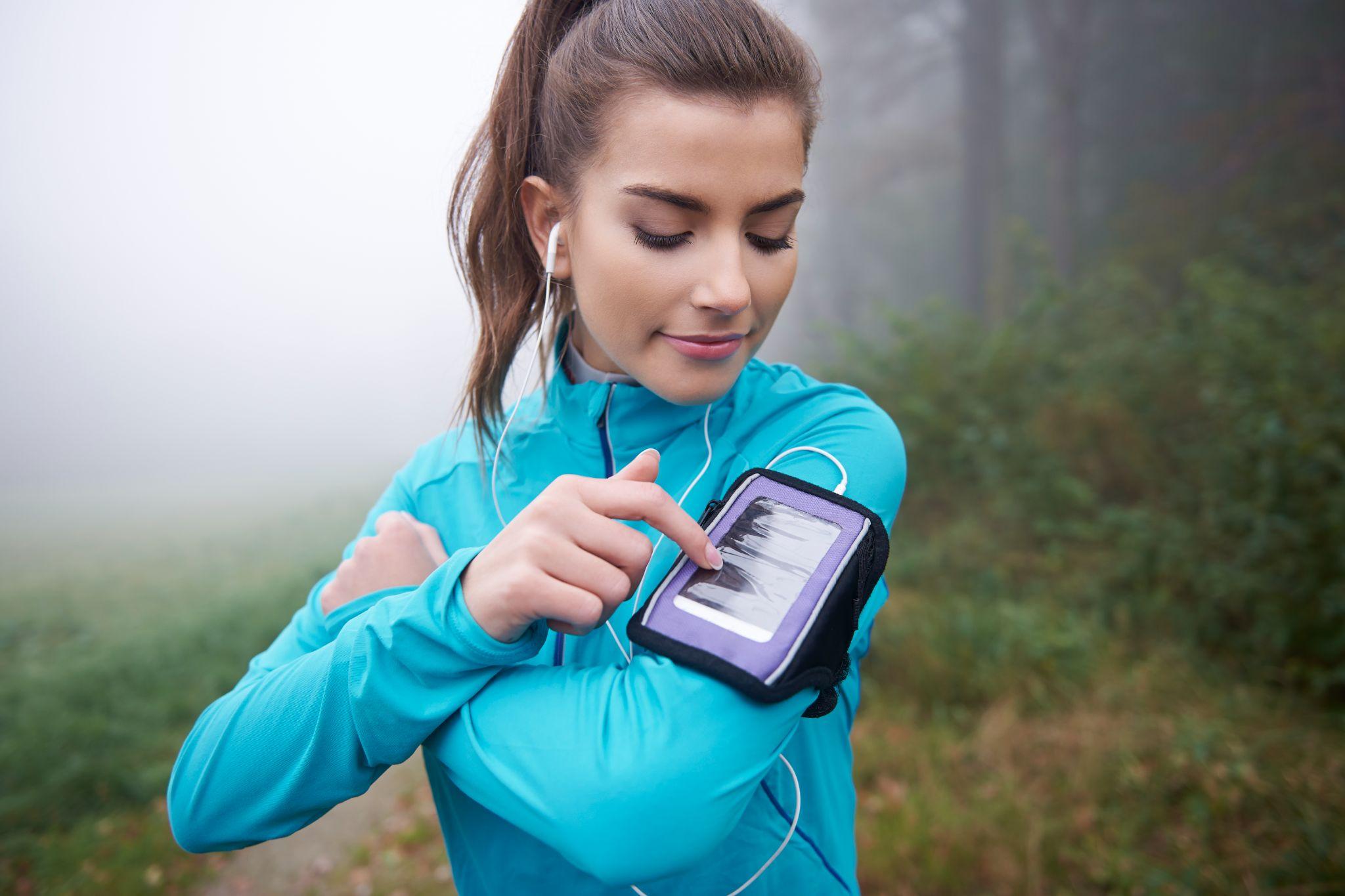Wearable Devices That Monitor Your Progress of Recovery

Wearable recovery devices are smart sensors or gadgets that track physical and physiological data to monitor how well a patient is healing after surgery, injury, or illness.
Technology is changing the process of recovery from surgery and injury. Previously, recovery depended upon rest, physiotherapy, and routine hospital checkups. Nowadays, wearable devices like smartwatches, fitness trackers, and medical sensors offer real-time feedback on your recovery journey.
These wearables allow both the physicians and the patients to remotely monitor vital signs, activity, sleep, and other recovery parameters. From recovering from rehabilitation surgery to chronic pain management, wearable technology is accelerating recovery and restoring health and mobility faster and safer.
In this article, we will discuss the numerous wearable devices, their applications, and how they can contribute to a successful recovery process.
What Are Wearable Health Devices?
Body-worn electronic monitors are wearable health devices that constantly monitor health data. They range from consumer wearables to complex medical devices.
Examples include:
- Smartwatches: Apple Watch, Fitbit, Garmin, and others track activity, heart rate, and sleep.
- Medical wearables: ECG patches, continuous glucose monitors, and smart bandages monitor specific health parameters.
- Motion sensors: Typically utilized in physiotherapy for joint motion and posture monitoring.
These devices can monitor:
- Heart rate and rhythm
- Physical activity levels
- Temperature and oxygen saturation (SpO₂)
- Sleep quality and stress indicators
Some are consumer-grade for general health, and some are medical-grade and must be tracked by a doctor. Both might be valuable in providing insight into recovery improvement.
Wearables Advance Post-Surgery Recovery
Continuous monitoring after surgery is needed to ensure safe and successful recovery. Wearable technologies aid in several ways:
- Monitoring physical movement and activity: Monitor range of motion, steps, and adherence to exercises prescribed by physiotherapy.
- Monitoring vital signs: Monitor heart rate, body temperature, and oxygen saturation.
- Monitoring early warning signs: Abnormal movement patterns, irregular heartbeat, or irregular temperature.
- Patient motivation for engagement: Visual feedback reports engage patients with rehabilitation regimens.
- Remote facilitation of care: Doctors can alter medication, physio, or exercise regimens based on real-time information without constant hospital visits.
By using these devices in the process of rehabilitation, patients have better control over the rehabilitation process, and doctors are able to respond accordingly.

Advanced wearables can detect joint angles, gait patterns, and limb movements that are crucial for orthopedic recovery after surgeries like knee or hip replacements.

Advanced wearables can detect joint angles, gait patterns, and limb movements that are crucial for orthopedic recovery after surgeries like knee or hip replacements.
Best Wearables Used During Rehabilitation
1. Smartwatches and Fitness Trackers
Track steps taken, distance traveled, heart rate, and calories expended.
Track physical activity during the process of rehabilitation, e.g., after knee or hip replacement surgery.
More sophisticated models track oxygen saturation (SpO₂) and sleep activity, part of an assessment of the overall quality of recovery.
2. Smart Clothing and Motion Sensors
Integrated with internal sensors that monitor the movement of joints, body position, and body mechanics.
Utilized in physiotherapy to determine range of motion, detect incorrect form in exercise, or prevent overtraining.
Provide instant feedback in the form of mobile applications to facilitate correct exercises.
3. Smart Bandages and Wound Sensors
With wound temperature, humidity, and infection risk during and after surgery, sensing capabilities are required.
Allow doctors to monitor remotely for healing and pre-infection warning signs.
Reduce hospital stays, allowing early intervention.
4. Wearable Cardiac and ECG Monitors
Monitor heart rhythm variability, stress level, and rate.
Essential for orthopedic or post-cardiac surgery patients.
Monitor for abnormal readings to allow prompt medical intervention.
5. Sleep and Stress Monitoring Devices
Track sleep duration, quality, and stage, which are essential to healing and tissue repair.
Track stress indicators through heart rate variability and skin temperature.
Offer stress reduction techniques to maintain mental health during healing.
Benefits of Wearing Recovery Devices
1. Real-Time Monitoring
A continuous stream of information allows problems to be detected at an early stage so that immediate intervention can occur.
2. Personalized Recovery Plans
Physicians can use wearable data to tailor exercises, medication prescriptions, and therapy regimens for individual patients.
3. Encouragement and Responsibility
Concrete feedback on progress encourages patients to stick to their rehabilitation program.
4. Fewer Hospital Visits
Remote monitoring reduces unnecessary follow-ups but sustains medical supervision.
5. Early Detection of Complications
Vital sign alarms for abnormal readings, swelling, or abnormal movement patterns prevent emergency situations.
6. Peace of Mind
Families and patients feel reassured and informed, being aware that recovery is monitored objectively.

Continuous heart rate tracking helps gauge cardiovascular recovery and detect abnormal stress responses during physical therapy.
Limitations and Precautions
Wearables have numerous benefits but some drawbacks:
- Accuracy: Consumer devices may be less accurate than medical-grade monitors.
- Data Privacy: Safely store data on devices by encrypting it and using secure apps.
- Battery and Maintenance: Recharged daily and cleaned regularly to offer consistent output.
- Over-Reliance: Wearables are beneficial, but not to be utilized as a replacement for medical care.
- Cost: High-end devices are expensive, but less expensive models are in the pipeline.
Wearables need to be worn by patients as an adjunct, not a replacement, for healthcare.
Tips for Selecting the Right Wearable for Your Rehab
Consider the following when selecting a device:
- Procedure or condition type: Orthopedic, cardiovascular, or metabolic requirements may require specific features.
- Rehabilitation goals: For knee surgery, step counting and joint movement monitoring sensors are optimal.
- Compatibility: Ensure it is compatible with your hospital monitoring equipment or smartphone.
- Comfort and durability: Can be worn daily without irritation or discomfort.
- Medical guidance: Consult your doctor or physiotherapist before purchasing to select the most suitable device.
Placement of Wearables Within Your Recovery Process
Optimize wearables by following these habits:
- Sync with doctor apps: Track progress and generate reports.
- Sharing data with doctors: Helps them assess healing better.
- Set activity goals: Follow goals supported by your healthcare professional.
- Use reminders and alerts: For medication, exercises, or therapy sessions.
- Include holistic care: Include proper nutrition, rest, and physiotherapy for overall recuperation.
By incorporating wearable technology into everyday existence, you ensure constant surveillance and well-informed choices within the recuperation process.

Devices track daily steps, exercise duration, and calorie expenditure, ensuring patients stay active within recommended limits during recovery.
Wearables in the Future of Healing
Wearable technology is rapidly becoming smart, due to AI and advanced sensors:
- Intelligent implants: Track bone healing and growth in the body.
- AI-based analytics: Predict outcomes, detect complications early on, and suggest personalized therapy adjustments.
- Telemedicine integration: Allow clinicians to keep patients under remote observation at all times.
These technologies ensure that wearables become a central element of personalized postoperative care, significantly improving outcomes and patient experience.
Conclusion
Wearable technology has changed recovery forever by delivering ongoing feedback, encouragement, and protection during the process of recovery. Wearable technology enables patients and doctors to monitor progress around the clock, detect issues early, and alter therapy plans ahead of time.
However, technology must and should supplement but never replace human care and expert input. Combining wearables with proper nutrition, physical therapy, sleep, and medical supervision brings maximum results in the recovery process.
With the right wearable device, you’re not just healing, you’re tracking your way to a stronger, healthier you.
Frequently Asked Questions
1. Can wearable devices really speed up recovery?
Yes. Wearables track progress and alert users to potential issues, facilitating safer and more successful healing when combined with medical care.
2. Which wearable is best following orthopedic surgery?
Smartwatches or activity-tracking bands that track steps, joint movement, and flexibility are the optimum choice.
3. How precise are wearables?
Wearables that meet medical standards are extremely precise. Wearables marketed to consumers report trends accurately but do not diagnose.
4. Can wearables detect infection following surgery?
Yes. Smart bandages and sensor-wound systems can measure temperature and moisture variations, informing patients and doctors of possible infection.
5. Do I still need to visit doctors if I am wearing a wearable?
Yes. Wearables make your recovery easier, but cannot substitute standard professional medical guidance or follow-up visits.